Home »
Misc »
How to handle the basketball under pressure
How to handle the basketball under pressure
Handling Pressure and Changing Directions
Ball handling is key for players of all positions in today’s game – these drills will help develop this important skill.
Two skills that all player need to have in there repertoire are the ability to handle ball pressure and change directions to get by a defender. A team can never have enough ball handlers, so even if a player is not a primary ball handler, it is important to work on these skills to grow and expand their game. I’m going to discuss several drills to help players handle the ball under pressure and get by a defender using change of direction moves.
Click on a diagram to download the drill to your FastDraw library.
Handling Ball Pressure
Many players get passive when they are met with heavy ball pressure. This is a mistake – they should actually do the exact opposite. The best way to beat pressure is to attack it, using the pressure against the defense. Too often players shrink and put their weight on their heals, and expose the basketball to the defender when pressured.![]() All coaches have seen players get pressured and immediately pick up the ball, raising it above their head leaving. This opens up the opportunity for the defense to get up into them.
All coaches have seen players get pressured and immediately pick up the ball, raising it above their head leaving. This opens up the opportunity for the defense to get up into them.
When met with pressure, players should stay calm and make an assertive move against the pressure. A drag dribble or retreat dribble creates space and relieve the pressure. Instead of dancing and making a bunch of dribble moves that don’t take them anywhere, players need to dribble down hill toward the defender and use their body to get into the defense. Once they get the defender going down hill, the ball handler can use a drag dribble to stop and allow the defender to keep going, thus creating space between them and the defender. Another move that a ball handler can use to get out of pressure or if they are cut off is to use a retreat dribble as shown below. When retreating, it is important that the ball handler keep their chin on their shoulder and the ball on there back hip away from the defender.
Drag Dribble Series
Arc Retreat
Alley 1v1
Changing Directions
Changing directions with the basketball and being able to quickly get down hill toward the basket is a difficult skill for players to master, but becomes more and more important at each level as defenses get better. When changing directions, it is important to get low into the dribble move and stay low after making the move. Getting and staying low allows the ball handler to have leverage over the defense so they do no get bumped off of the driving line. The driving line is also an important concept for players to understand and practice during drills. The driving line is the line between the ball handler and the basket. Once a change of direction move is made, the ball handler must try to get back on this line to take a direct bath to the basket, absorbing any contact from defenders along the way.
Teaching players when to change direction is also crucial.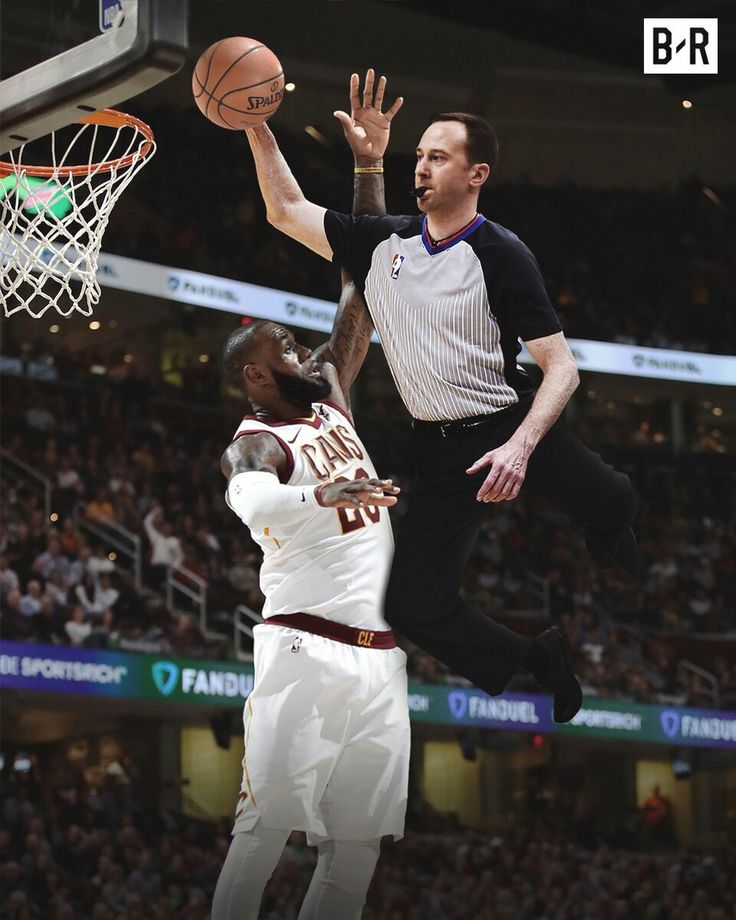 At the youth level, far too many players stop going to the basket because either they received a little contact or, they do not know the proper time to change direction. It is important to keep reads as simple as possible so players are able to react as quickly as possible during a game. If a player gets outside their defender and only sees the defender’s shoulder, then they should attack that shoulder and get down hill toward the basket. If the ball handler sees the defender’s chest (so the defender is square with the ball handler), then the ball handler should change directions. This rule must also be applied when the ball handler is driving. The ball handler should keep driving to the basket on the same side until the defender cuts them off and gets square with the offensive player. Here are a few change of direction drills that rep these situations.
At the youth level, far too many players stop going to the basket because either they received a little contact or, they do not know the proper time to change direction. It is important to keep reads as simple as possible so players are able to react as quickly as possible during a game. If a player gets outside their defender and only sees the defender’s shoulder, then they should attack that shoulder and get down hill toward the basket. If the ball handler sees the defender’s chest (so the defender is square with the ball handler), then the ball handler should change directions. This rule must also be applied when the ball handler is driving. The ball handler should keep driving to the basket on the same side until the defender cuts them off and gets square with the offensive player. Here are a few change of direction drills that rep these situations.
Partner Change Direction
-Partners standing roughly 15-20 feet away -Approach partner and once you reach your partner perform change of direction move (inside out, crossover, between the legs, behind the back) -After the dribble move, escape dribble out and get back on the drive line -Dribble towards partner with an approach dribble and change speeds after the move with an escape dribble
Turn the Corner
These next two drills are what I call “game like” as they simulate a live situation by including a defender.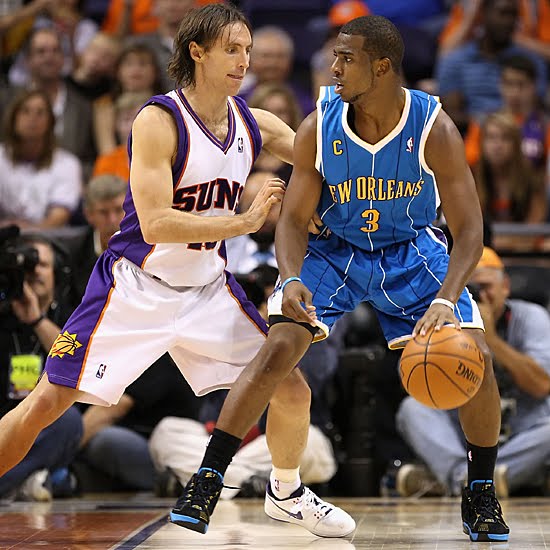 Progress to game like drills once players have completed the basic individual drills.
Progress to game like drills once players have completed the basic individual drills.
1v1 Pass
1v1 Touch
Final Thoughts
Many ball handling drills that I see are performed from a stationary position. Incorporating on-the-move drills is a must in any workout as that is how the game is played. Focusing on small details such as staying low and getting back onto the driving line are little details that can make a huge difference in a player’s ability to gain and keep an advantage against a defender.
No matter what position, a player will eventually be met with hard ball pressure and it is important to have the skills and knowledge to be able to attack and beat it. Moves and technique can be refined individually, but it is important to go against a live defender to truly understand when, why and how to perform a pressure relief move or change of direction dribble.
For more #PositionlessBasketball content, follow @PositionlessBb on Twitter.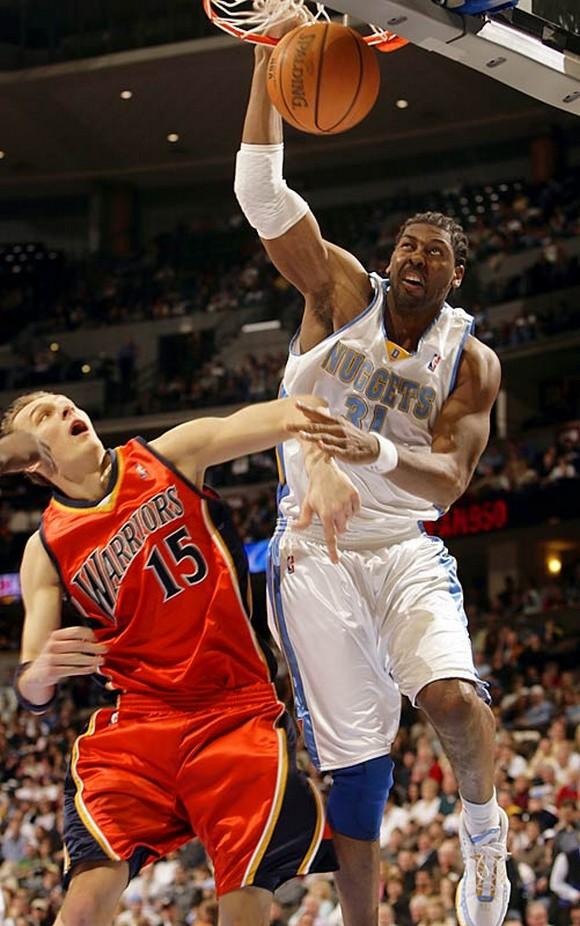
More on Player Development: 5 Exercises to Increase Basketball Explosiveness
The following two tabs change content below.
Jordan Petersen is a former collegiate player and coach. He currently runs Positionless Basketball, which provides elite level basketball training and camps for youth players all the way to college and professional. It's mission is to provide student-athletes with a unique experience that develops players' minds and athletic performance.
May 5, 2018 – May 5, 2018 – Jonas Mattisseck (ALBA), mit Ball, vorne Haris Hujic (Oldenburg), ALBA Berlin – EWE Baskets Oldenburg Basketball, easyCredit BBL, Deutsche Meisterschaft, Playoff, playoffs, play-off, DM-playoff, Viertelfinale, 1. Spiel, Spiel 1,Herren, men, Saison 2017/2018 Berlin, 5.5.2018 Mercedes Benz Arena *** Jonas Mattisseck ALBA with ball in front Haris Hujic Oldenburg ALBA Berlin EWE Baskets Oldenburg Basketball easyCredit BBL German Championship Playoff playoffs Play off DM playoff Quarterfinal 1 Match Game 1 Men Men Season 2017 2018 Berlin 5 5 2018 Mercedes Benz Arena (Credit Image: © Imago via ZUMA Press)
USA Basketball - Passing Under Pressure: Drills To Hit Your Mark
Passing Under Pressure: Drills To Hit Your Mark
-
Author:
By Michael Lee
-
Date:
Jun 14, 2011
Basketball passing has to be made under pressure, when the lanes are barely open and long-armed defenders are trying their hardest to get a piece of the basketball.
Ganon Baker Basketball offers these practice drills that will work on your passing in a number of high-pressure situations, so you will be able to cut down on turnovers, boost your assist totals and help your team win crucial basketball games.
Here are seven great passing drills that will improve your game.
Chicago Bulls Passing: Nash Series
In the Nash Series we focus on throwing passes off the dribble. In a game you don't always have time to get two hands on the ball and throw a two-handed pass. When you see an opening you need to be able to drop the dime on time. You can perform this series with a partner while you are throwing passes simultaneously or use a wall. If you are using a wall make sure you pick out a target or better yet, tape one on the wall so you have an area to focus on.
- Right Hand-Left Hand Alternate in the Air. (No Dribbles)
- Right Hand-Left Hand Alternate off the Pound Dribble
- Right Hand Pound-Right To Left Cross-Pass
- Left Hand Pound-Left to Right Cross-Pass
- Right Hand Pound-Right to Left Between Legs-Pass
- Left Hand Pound-Left to Right Between Legs-Pass
- Right Hand Pound-Right to Left Behind the Back-Pass
- Left Hand Pound-Left to Right Behind the Back-Pass
- Right Hand Pound-Righty Behind the Back Air Pass and Bounce Pass
- Left Hand Pound-Lefty Behind the Back Air Pass and Bounce Pass
Chicago Bulls Passing: Ball Wrap Series
In the ball wrap series we start out just as you would performing a stationary ball wrap and then turning it into an underhand flip pass.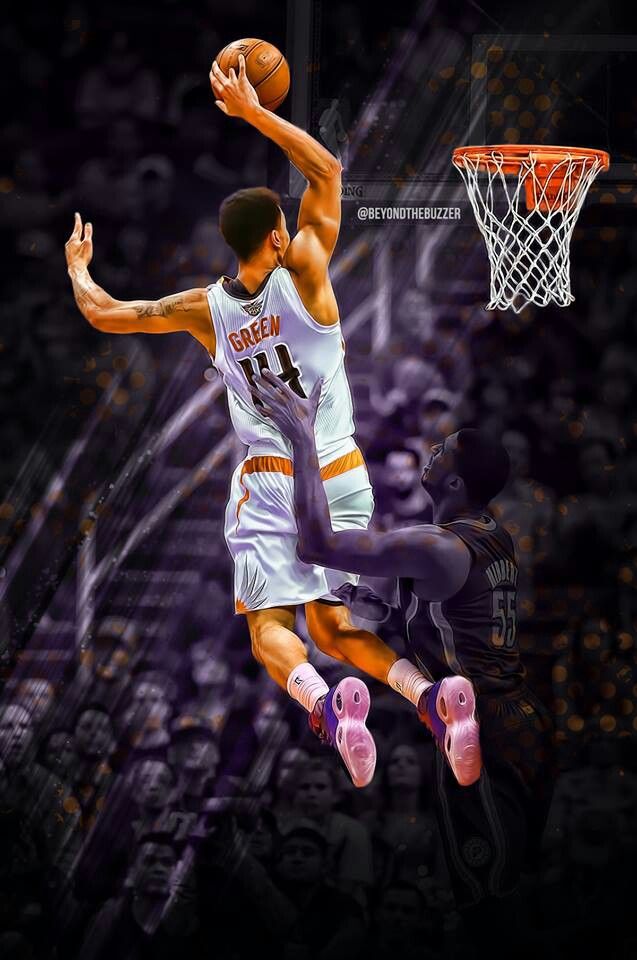
- Left hand to Right, Through Inside of Right Leg, Right Flip
- Right Hand to Left, Through Inside Left Leg, Lefty Flip
- Alternate: Left Leg Wrap Lefty Flip, Right Leg Wrap Righty Flip
- Figure 8 to Flip Pass: Right Leg, Left Leg, Lefty Flip and vice versa
- Player 1: Bounce Pass. Player 2: Chest Pass and vice versa
- Alternate Bounce and Chest Passes
- Righty Behind the Back: Air Pass and Bounce Pass
- Lefty Behind the Back: Air Pass and Bounce Pass
Pivot Passing: Passing Under Pressure Teaching Points
- Pivot Before you Pass under pressure, No straight line passes.
- Fake a Pass, Make a Pass
- Practice Pivoting on both feet. You don't want to get caught crippled in a pressure situation where you are only comfortable pivoting on your dominant foot.
- Strong Side Step -- Wrap Around Pass (Extend Arm, Lock Elbow, Snap Wrist)
- Crossover Step (Rip Pivot) -- Pass
- Crossover Step (Rip Pivot) -- Front Pivot -- Pass
- Nash Pivot (Square on outside foot) -- Front Pivot Back to Opposite Side
How to Drill:
1-on-1 Passing
- Use one or two dribbles, come to a stride stop and make a pivot pass
- Work on one of the four "Pivot Passes" and make a pass to your partner
- Your partner goes one or two hard dribbles, comes to stride stop and makes a pivot pass
- Go 1 Minute Sets
1-on-2 Passing
- Focus of this drill is passing under pressure out of a double team.
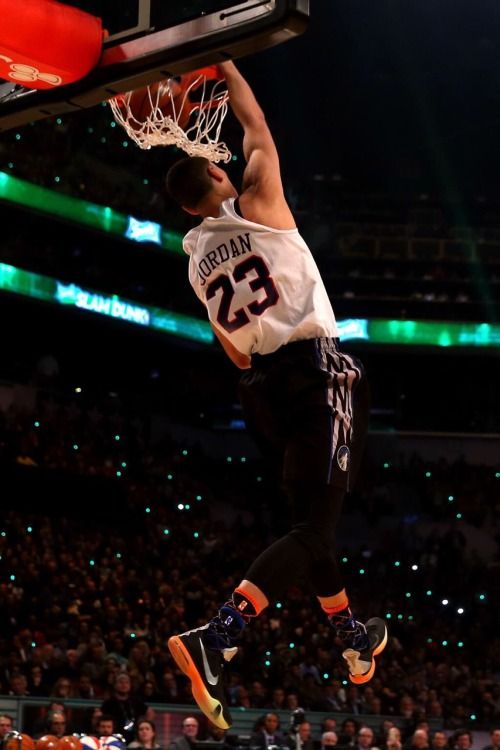
- Start with two offensive players spaced about 15 feet apart with two defensive players in between them. One of the defensive players has a basketball. The defensive player with the basketball throws the ball to one of the offensive players and both defensive players close out and double team the offensive player.
- The offensive player has to wait until the defense reaches them and then beat the double team. He cannot pass the ball out of the double team as soon as he catches it.
- Offensive player has a maximum of two dribbles to beat the double team
- The second offensive player receiving the pass cannot move to catch the pass
- After the pass is made the two defensive players sprint to double team the second offensive player.
1-on-1-on-1 Passing
- Start three players in a line about five feet each away from each other. The middle player has a basketball, throws a pass and closes out on one of the other players.

- The player who receives the basketball has to wait until the defensive player touches him and then it is live. Vary the drill giving the offensive player zero, one or two dribbles. His goal is to complete a pass to the other offensive player.
- After he makes his pass he follows the ball and closes out to play defense.
- The original defensive player becomes the offensive player.
- Go for one minute and see which player can get the most touches or deflections.
2-Ball 1-on-1-on-1 Passing
- Follow the same rotations as above
- Defensive player in the middle starts with 2 ball stationary and throws 2 passes off the dribble to one of the offensive players.
- He then closes out and plays defense trying to get a deflection while the offensive player dribbles 2 balls and is trying to throw the 1st ball off the dribble to the other offensive player. He can then use both hands to throw the 2nd ball or he has to throw both off the dribble.
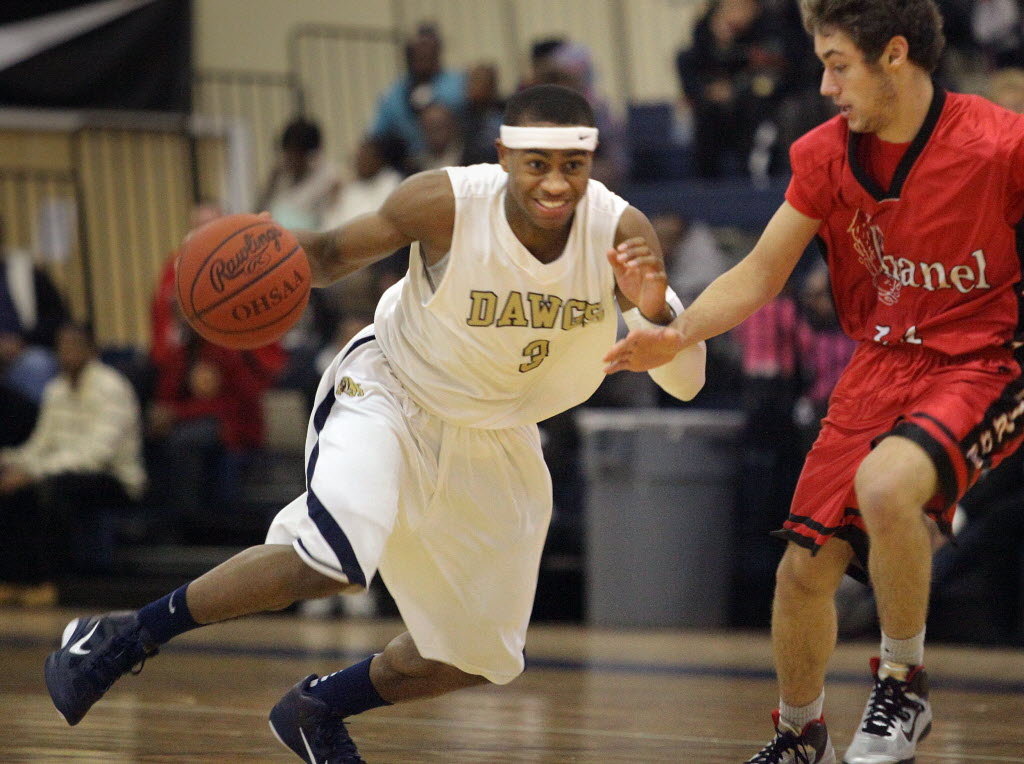
- Passer then closes out on the offensive player and becomes the defender. The 1st defender becomes the offensive player who will receive the pass.
Previous Article
4 Tips for Developing a Go-To Shot
By Tony Fryer
Next Article
The Art Of The One-Handed Pass
By Micah Lancaster
Basketball is a game of strong and hardy | iMotion
Basketball fever
Dynamic, unpredictable, team spirit, agility and endurance - all these words accurately describe one of the most common ball games today - basketball. For those to whom the high educational and health value of basketball is not yet obvious, we will tell you how this sport can attract you.
US-born
B 1891g James Naismith, a teacher at the Christian Youth Association training center in Springfield, came up with this game.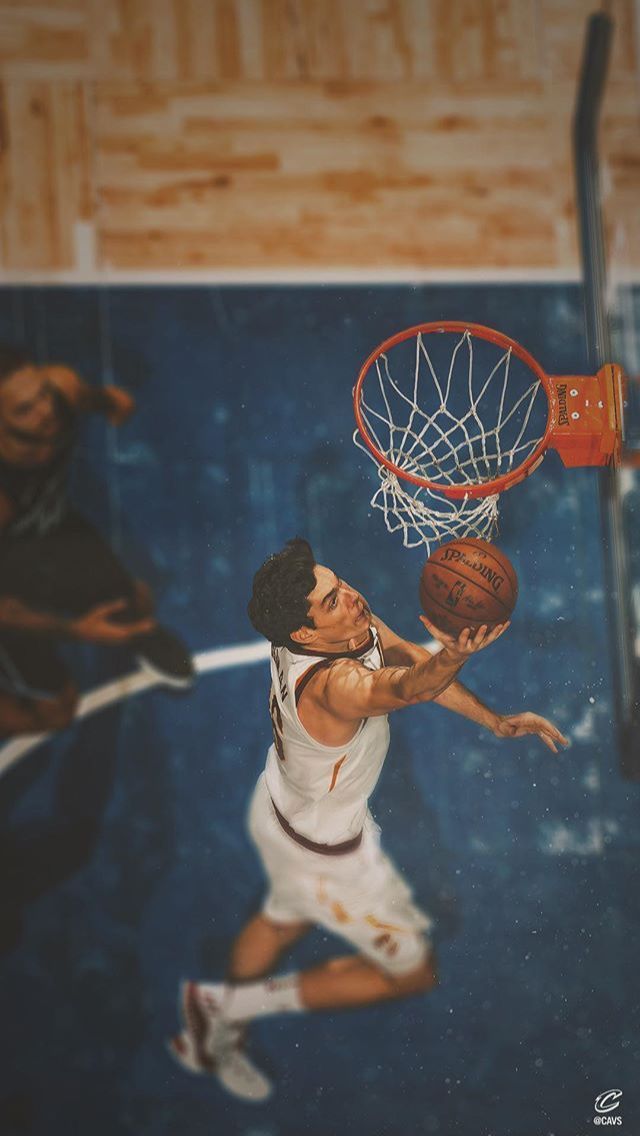 To spice up the gymnastics lessons, a young teacher attached two bottomless fruit baskets to the railing of the balcony, into which they had to throw a soccer ball. Hence the name basket is a basket, ball is a ball. Since then, Basketball has become not only a popular sport, but also an exciting way to develop your body, nurture character and strength of mind. The aim of the game is to take possession of the ball and shoot into the opponent's basket while the other team tries to prevent it. The ball is considered abandoned if it enters the basket from above and remains in it or passes through the net.
To spice up the gymnastics lessons, a young teacher attached two bottomless fruit baskets to the railing of the balcony, into which they had to throw a soccer ball. Hence the name basket is a basket, ball is a ball. Since then, Basketball has become not only a popular sport, but also an exciting way to develop your body, nurture character and strength of mind. The aim of the game is to take possession of the ball and shoot into the opponent's basket while the other team tries to prevent it. The ball is considered abandoned if it enters the basket from above and remains in it or passes through the net.
The benefits of playing basketball can be classified into two categories - recreational and educational . First, let's look at all the benefits of basketball for physical health.
Healthy body
1. All muscle groups are involved here. Body movements during the game involve not only running and throwing the ball, many body systems are trained, which makes the body work smoothly during the game, like a clock.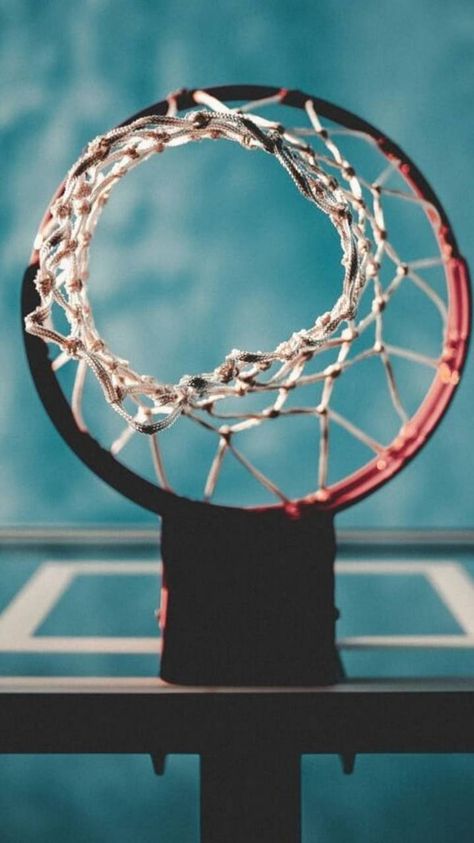
2. During sudden exertions, throws, jumps, runs and movements, the endurance of the respiratory apparatus and the cardiovascular system is trained . The heartbeat of athletes during the match reaches from 180 to 230 beats per minute, while blood pressure does not exceed 180-200 mm Hg.
3. In addition, participation in the game has a beneficial effect on the functioning of the nervous system: being exposed to certain loads, a person involved in basketball improves his peripheral vision, and this is a big plus that has a significant impact on the efficiency of visual perception.
4. Studies have shown that today regular basketball practice increases the sensitivity of visual perception of light impulses by 40% on average. In addition, a person becomes more collected, learns to control emotions, and also react more calmly to failures.
5. Basketball is a great sport for those who want to lose weight. Considerable energy costs for one productive game of basketball are approximately 900-1200 kilocalories.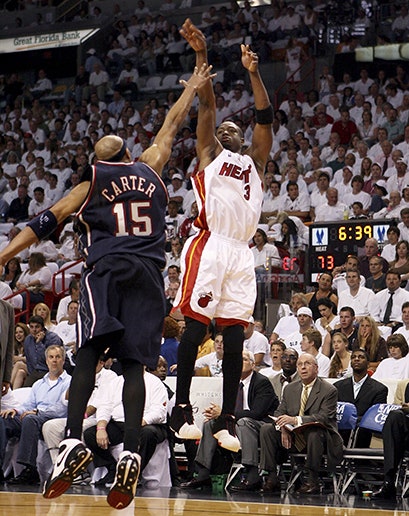 As a result, working muscles use a significant amount of body fat to consume the missing energy, gradually relieving a person of extra pounds.
As a result, working muscles use a significant amount of body fat to consume the missing energy, gradually relieving a person of extra pounds.
If you have not yet decided what sport to do, the fact that you will lose weight in the process of an exciting game, making new friends, inspiration from personal and team victories will be a great motivation.
We educate character
The educational function of playing basketball largely depends on the observance of discipline and the regularity of training. Among the psychological characteristics that develop during basketball lessons, we will highlight the following: perseverance, courage, determination, honesty, self-confidence, a sense of collectivism. At the same time, the athlete's purposefulness and interest in the very process of improving his skills is important.
Children's basketball
The kids need it! A variety of technical and tactical actions of playing basketball and the actual game activity have unique properties for the formation of vital skills and abilities of schoolchildren, the comprehensive development of their physical and mental qualities.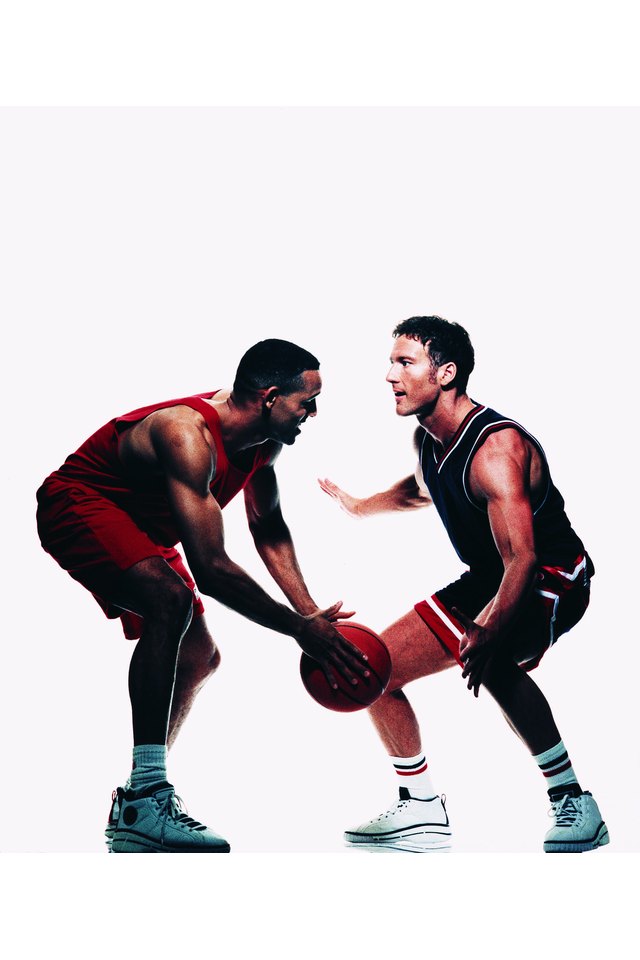 At 1948 year American teacher Jay Archer adapted this sports game for children aged 8 to 12 years. To do this, it was only necessary to reduce the size of the site, equipment and inventory. This is how mini-basketball was born.
At 1948 year American teacher Jay Archer adapted this sports game for children aged 8 to 12 years. To do this, it was only necessary to reduce the size of the site, equipment and inventory. This is how mini-basketball was born.
You, the parents, will need approval of the child's determination and desire to play, support in case of failures and defeats ... And, of course, providing all the necessary equipment!
Basketball equipment
In order to make visiting basketball lessons comfortable and beneficial for you, you should seriously approach the issue of choosing a place and equipment. First of all, you should take care of a light sports uniform that does not restrict movement. It should be made of materials that are well breathable in cases of profuse sweating.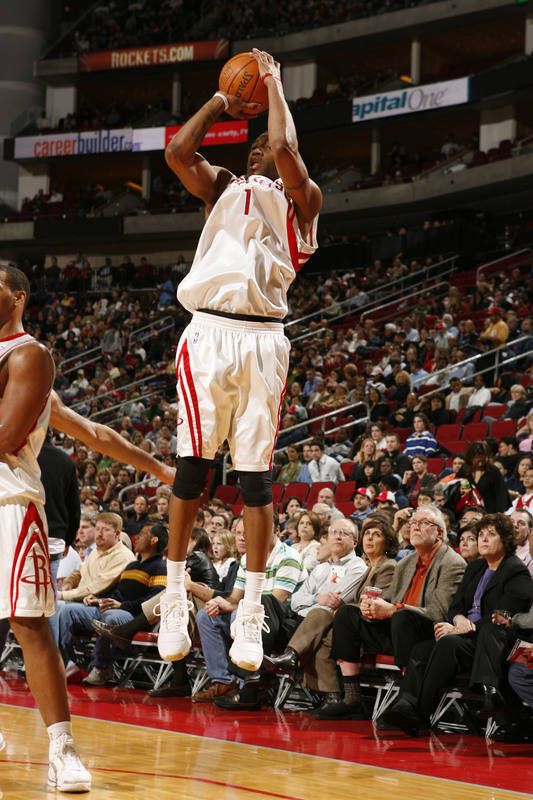 Today, quality sports shoes will help keep the foot and shin safe during sharp movements and high jumps during throws and rebounds.
Today, quality sports shoes will help keep the foot and shin safe during sharp movements and high jumps during throws and rebounds.
Exercise in specially equipped gyms with a flat surface. In the presence of various irregularities, even of a small size, for many players, the chance of injury in the form of sprains, dislocations and bruises is significantly increased. At risk are athletes who are heavily addicted to the game, neglecting the basics of the safety of complex technical movements.
Buy everything you need to play basketball here!
The best trick in basketball
Nikita Yamshchikov, Founder of Ball In
@nikyamschikov
One of the most popular questions especially among young basketball players: what is the best feint to beat all defenders?
I have already touched on this topic in the video. Now I decided to answer the question in detail in this article.
The same video. Take a look - it will be useful.
First, let's understand: what is a trick? When you planted your defender, ran away from the second and missed the free throw from under the ring - did you make a run? And if you scored with resistance from the average - did you beat it?
The main task in basketball is to score more points than the opponent. Therefore, a beat is when you hit the ring. A detailed discussion of the topic is in another article.
What is actually a beat in basketball?
Skip to article
Starting from this understanding of the game, we find that the first and best move is the throw. If the defender is standing far away from you and does not think to approach, the best solution is to score the ball right away. No need to complicate. The only thing you should not immediately throw into the ring if you got the ball a meter away from a three-pointer, and in training you somehow score 5-6 out of 10 from the average.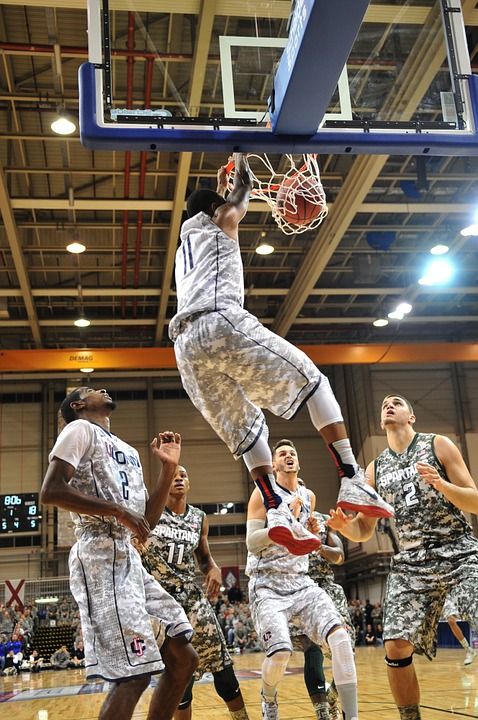 0006
0006
Work on your throw. Then you will become a headache both for the 1v1 defense and for the entire opposing team.
The constant threat of an accurate throw from a distance makes the defender get closer to you. Thanks to this, it will be easier to beat him in the aisle than if he was standing a couple of meters from you. Also, the constant threat creates pressure on the defense: the opponent cannot turn off even for a second, because otherwise he will receive points in his basket. As a result, the defense will spend more energy and get tired faster.
Look at Lillard and Curry and how the defense has to work with them is the best example of these words.
The constant threat of an accurate throw from a distance makes the defender get closer to you. Thanks to this, it will be easier to beat him in the aisle than if he was standing a couple of meters from you. Also, the constant threat creates pressure on the defense: the opponent cannot turn off even for a second, because otherwise he will receive points in his basket. As a result, the defense will spend more energy and get tired faster.
As a result, the defense will spend more energy and get tired faster.
Look at Lillard and Curry and how the defense has to work with them is the best example of these words.
Let's say that the defender does not move away and we need to start dribbling. What is in this case? What is the best move to beat him?
Let's go in order. Beat = score. So we have to create a situation for our best and accurate shot with the help of dribbling. That is, they must shift the defender somewhere and get space. Now it's getting easier.
To move the defender, we need to make him move and change the speed or direction of movement. We will change both of these things earlier, because the enemy does this only after reacting to our action. That is, you run with the ball, the defender is nearby. First you stop, only then the defender. And while he stops, a space forms between you and the defender. Change of direction works the same way.
Even if you look at all the famous movements of the stars: Iverson's crossover (change of direction), Harden's or Doncic's stepback (stopping and changing direction from forward to backward). They come down to these simple things.
It turns out that there is no one best move. It's just that someone does a better crossover, and someone does a stepback. It all comes down to simple principles.
Do you want to beat any defender? Learn to change direction and speed. Do it quickly and in different ways to make it harder to read you. And of course work on the throw and finish. Without the ball hitting the basket, no other movement makes sense.
Do you want to learn how to beat,
improve your throw and finishes?
Try our new course LVL UP
Like this article? Share with your friends!
5 reasons why you won't get better over the summer.
9 out of 10 basketball players will do this.![]() If you don't want to be one of them, read the article
If you don't want to be one of them, read the article
How to score 50+ points?
Interview with Polina Matushkina, ASB record holder and player of the KOR PK ASB teams, "Nika" women's Superleague-1.
Interview with Maria Vadeeva
Captain of the Russian women's national team, player of LA Sparks WNBA and UMMC Yekaterinburg
How did Luka Doncic get into the NBA?
Basketball story of a talented Slovenian
Why do yoga in the NBA?
Indiana Pacers center Miles Turner's story
5 facts about Zion Williamson that will surprise you
I can do everything in training, but I can't beat it in the game?
Understanding what to do and how to deal with it
Michael Jordan's greatness in 5 games
A compilation of his airstrikes
What is actually a basketball game?
The truth about dribbling, possession and shooting.
Once a week we will send you all the materials, information about our events and promotions, and immediately after subscribing you will receive a selection of the best articles.